Indonesia car survey: overcoming barriers of car purchase
Oct 08, 2024
Demand for passenger cars is declining The Indonesian automotive market in 2024 presents both
Chopsticks and Asian cultures
Vietnamese differs greatly from their neighbours in South East Asia. Unlike Thais, Malays and Indonesians, the Vietnamese dine with the help of chopsticks. Yes chopsticks. Chopsticks help define Asian cultures in many ways. Vietnamese are culturally closer to their northern neighbour in China and other chopstick wielding Asians in Taiwan, South Korea and Japan.
Chopstick nations produce Asian cultures that are far more;
The influence of chopsticks on Asian cultures is visibly stark in Vietnam, with those in Hanoi being far more assertive, pious even and most certainly nuanced compared to those in HCMC, which is 1,500 kilometres further south of historical Sino influences, albeit a mere two hour flight today.
I recently read Erin Meyer’s The Culture Map. An insightful book I sooooo wish I had read on arrival in Asia 25 years ago. The constructs of Erin’s Culture Map help us understand how to interpret different cultures’ behaviours relative to our own. So together with my Vietnamese team at Cimigo, we debated where Vietnamese sit on the maps relative to the US and Japan.
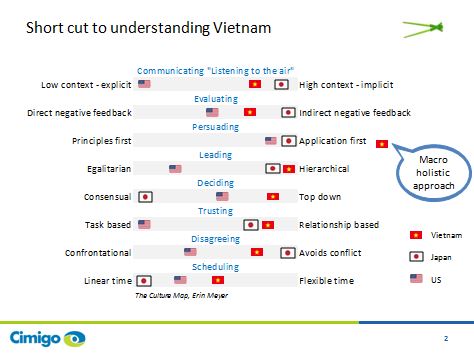
When communicating with the Vietnamese, the nuance certainly requires some listening to the air. Not to the extremes of Japan, but close. Providing feedback to the team is subtle and indirect. A debate and formal presentation is not theory first, nor commercial application first. It is far more holistic and to me (a UK national) rather long winded.
My own early attempts at being egalitarian have never born fruit and are completely irrelevant in a culture that respects a top down hierarchical leadership style. Decision making in Vietnam is the polar opposite of Japan’s consensual style. The Japanese concept of nemawashi consensus building ahead of important meetings is completely alien here.
In Vietnam relationships are absolutely key to building credentials and trust. Conflicts are largely avoided, this was a construct that the team and I most struggled to reach a clear conclusion. So much depends on the relative status of the person with whom the conflict exists. In general conflict is avoided but not to the same extent as in Indonesia nor Japan. Finally in Vietnam meeting times are rather flexible, not as flexible as Indonesia, but leeway certainly exists.
For anyone working across Asian cultures, read The Culture Map and save yourself a great deal of pain!


Indonesia car survey: overcoming barriers of car purchase
Oct 08, 2024
Demand for passenger cars is declining The Indonesian automotive market in 2024 presents both

Vietnam retail banking 2024
Sep 17, 2024
Unlocking the future of retail banking Vietnam retail banking 2024 The world of retail banking is

Vietnam uninterrupted: a twenty-year journey
Mar 18, 2024
Trends in Vietnam: Vietnam uninterrupted: a twenty-year journey Trends in Vietnam. Witness

Hy Vu - Head of Research Department

Joe Nelson - New Zealand Consulate General

Steve Kretschmer - Executive Director

York Spencer - Global Marketing Director

Laura Baines - Programmes Snr Manager

Mai Trang - Brand Manager of Romano

Hanh Dang - Product Marketing Manager

Luan Nguyen - Market Research Team Leader
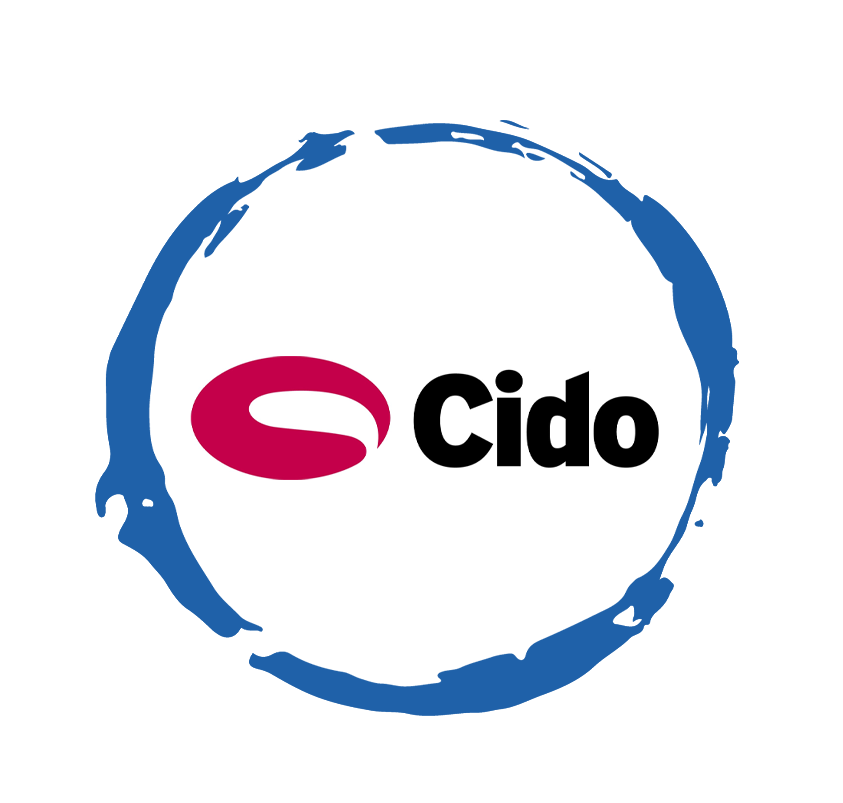
Max Lee - Project Manager

Chris Elkin - Founder

Ronald Reagan - Deputy Group Head After Sales & CS Operation

Chad Ovel - Partner

Private English Language Schools - Chief Executive Officer

Rick Reid - Creative Director

Janine Katzberg - Projects Director

Anya Nipper - Project Coordination Director

Dr. Jean-Marcel Guillon - Chief Executive Officer

Joyce - Pricing Manager

Matt Thwaites - Commercial Director

Aashish Kapoor - Head of Marketing

Kelly Vo - Founder & Host
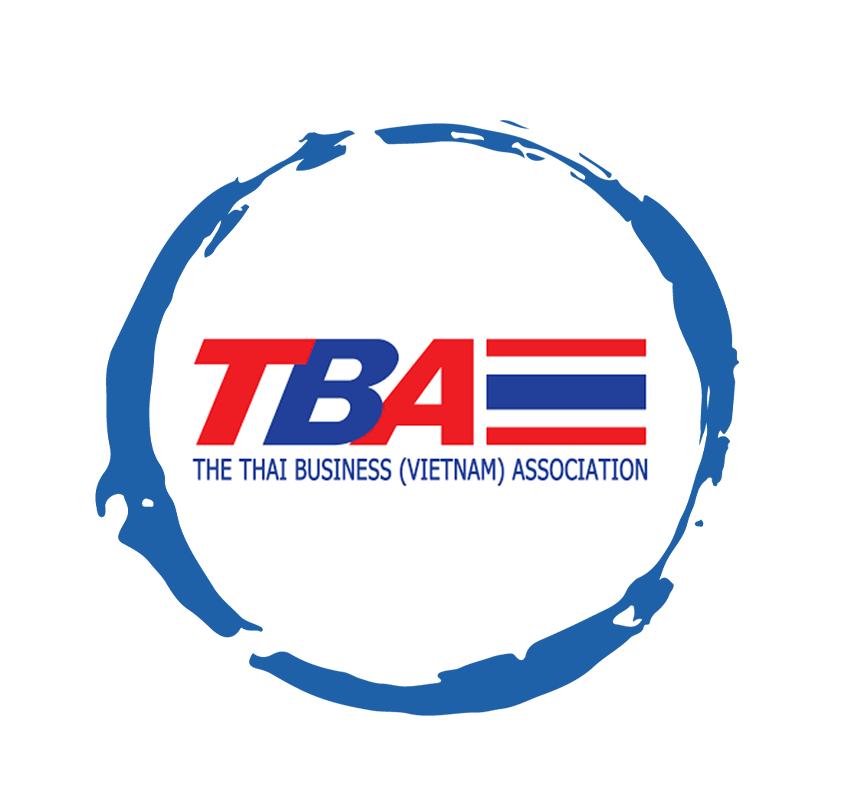
Thanyachat Auttanukune - Board of Management
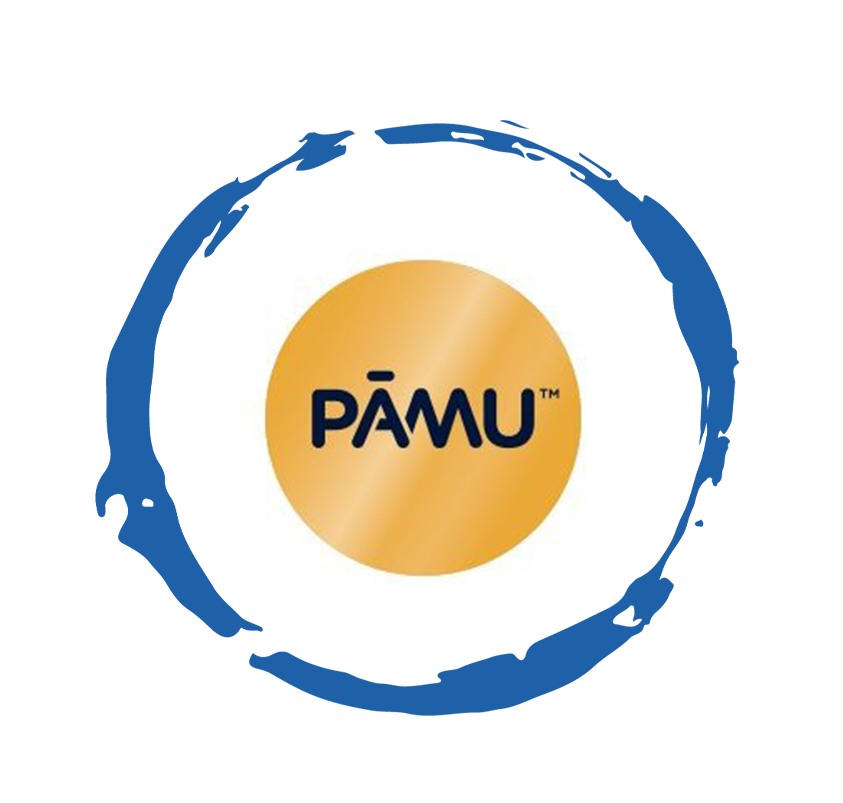
Hamish Glendinning - Business Lead

Thuy Le - Consumer Insight Manager

Richard Willis - Director

Ha Dinh - Project Lead

Geert Heestermans - Marketing Director

Louise Knox - Consumer Technical Insights

Aimee Shear - Senior Research Executive

Dennis Kurnia - Head of Consumer Insights

Tania Desela - Senior Product Manager

Thu Phung - CTI Manager
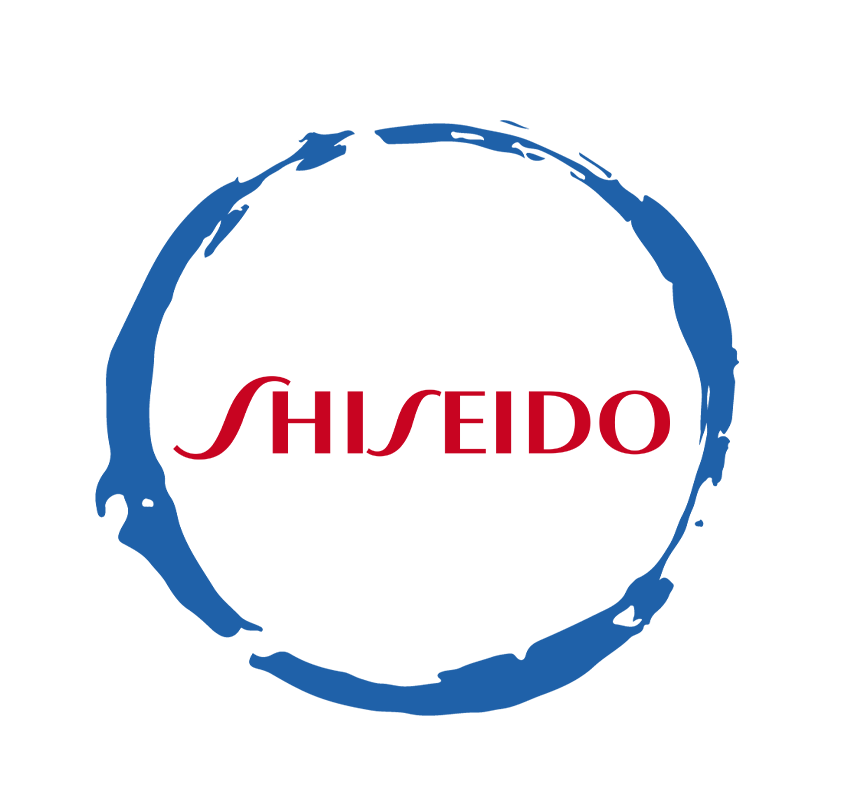
Linda Yeoh - CMI Manager

Cimigo’s market research team in Vietnam and Indonesia love to help you make better choices.

Cimigo provides market research solutions in Vietnam and Indonesia that will help you make better choices.

Cimigo provides a range of consumer marketing trends and market research on market sectors and consumer segments in Vietnam and Indonesia.

Cimigo provides a range of free market research reports on market sectors and consumer segments in Vietnam and Indonesia.
Xin cảm ơn. Một email kèm với đường dẫn tải báo cáo đã được gửi đến bạn.
Vui lòng điền thông tin vào biểu mẫu bên dưới để tải về báo cáo miễn phí.
Báo cáo sẽ được gửi vào email bạn điền ở bên dưới.
Please enter the information for free download.
The report will be sent to your email.
